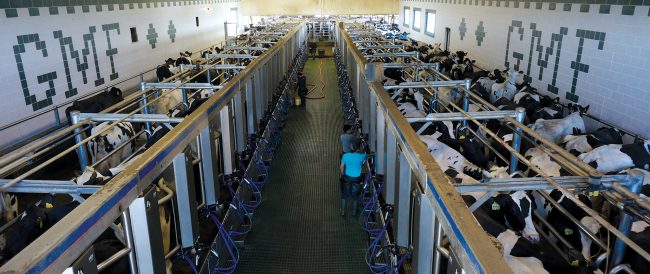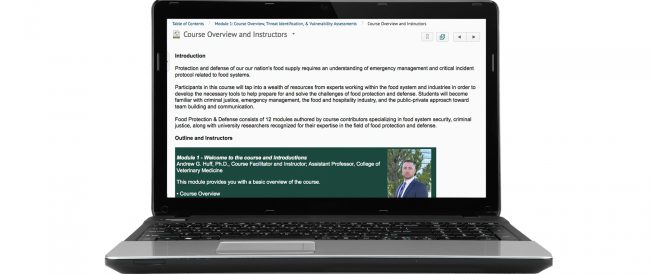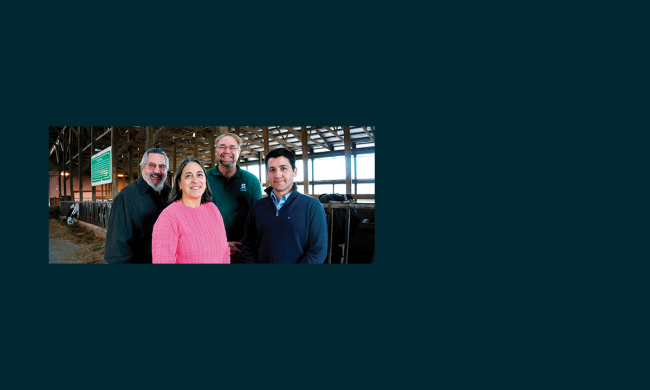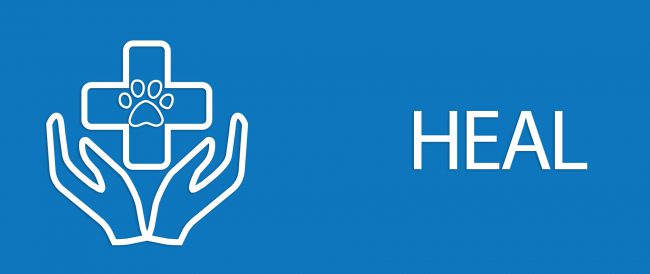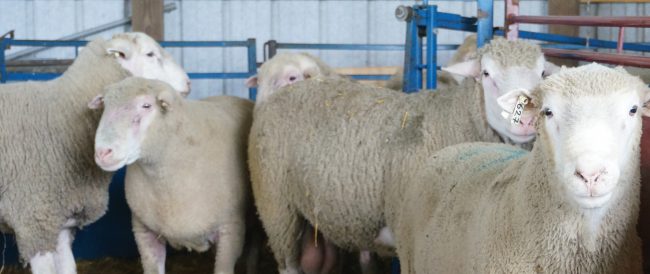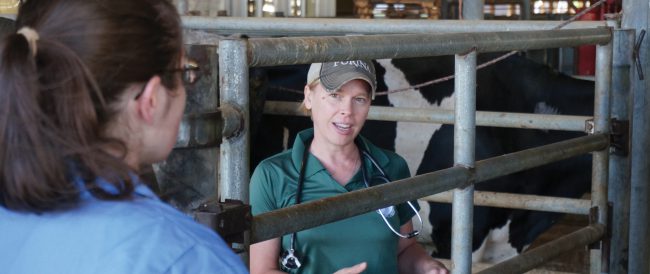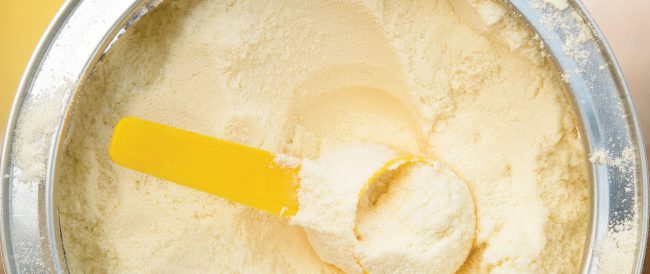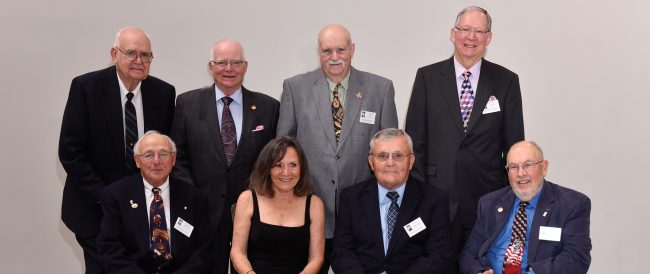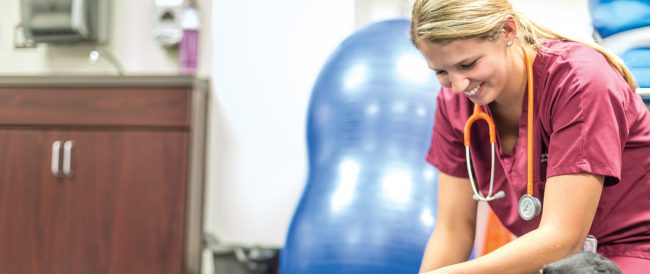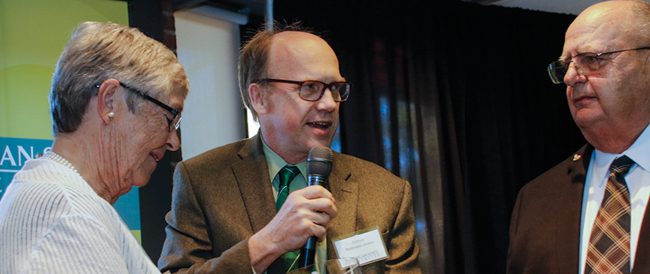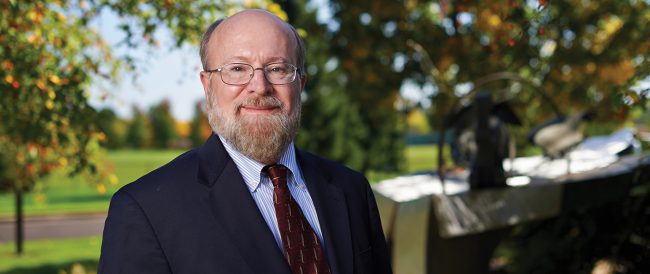 Read More
Read More
Dr. Bo Norby, associate professor for the Department of Large Animal Clinical Sciences, knows too well the impact that microscopic bacteria can have on large animals—and the looming threat of antimicrobial resistance connected to it.
“I’m focused on the ecology and transmission of antimicrobial-resistant bacteria,” says Norby. “Since my start at MSU, I’ve become more interested in intervention strategies to reduce antimicrobial-resistant bacteria in dairy cattle and how to work with farmers to make that possible.”
Norby began his Spartan journey as a graduate student by earning his PhD in Epidemiology. In 2001, the College of Veterinary Medicine received a grant from the United States Department of Agriculture (USDA) to study antimicrobial resistance—to investigate if the levels of antibiotic resistance in E. coli, Campylobacter, and Salmonella levels were different in conventional dairy herds as compared to organic herds.
Since then, Norby has focused primarily on increasing the speed at which antimicrobial resistance can be reduced and how the environment in which cattle are housed affects antimicrobial-resistant bacteria in those cattle. Food animal farms that once used antibiotics in feed as growth promoters and for feed efficiency—practices that have now stopped—are slow to recover from antibiotic-resistant bacteria in their herds. It takes a long time for resistance to diminish on farms, and the more time it takes for resistance to lessen, the more chances there are for transmission of resistant bacteria among animals and between animals and humans. These resistant bacteria can make treatment of bacterial disease in all species more difficult.
“Unfortunately, the prevalence of drug-resistant bugs isn’t going to just drop off right away in most instances, but I want to find out if there’s a way to speed up the decrease in prevalence of resistant bacteria, instead of potentially waiting for many years or decades to pass,” says Norby. “The question is, can we speed up the process, and if we can, which new protocols can we implement to aid in that pursuit?”
One of Norby’s studies looked at E. coli found in calves that, within a couple of days after birth, had up to one billion E. coli coliforms per gram of fecal matter. Norby found that of these coliforms, 10 to 100 million were resistant to certain antibiotics. He cultured samples of the feces and looked for strains that were susceptible to commonly tested antibiotics and created a potential probiotic therapy.
“We used susceptible E. coli to create the probiotic, sort of like an E. coli cocktail,” says Norby. “We were testing to see if the probiotic would help out-compete some of the antimicrobial-resistant E. coli.”
“Investigating new therapies like this probiotic can accelerate the reduction of antibiotic-resistant bacteria in herds and could lead to improved health for animals and food safety for humans.”
— Dr. Bo Norby
It worked—in a preliminary study, the resistant E. coli dropped from approximately 10 million to 1 million coliforms—a biologically significant decrease of 90 percent.
“Investigating new therapies like this probiotic can accelerate the reduction of antibiotic-resistant bacteria in herds and could lead to improved health for animals and food safety for humans,” says Norby.
In addition to speeding up herd recovery, Norby also wants to help dairy producers identify ways to reduce the use of antibiotics to lessen the build-up of antibiotic-resistant bacteria in the first place. Currently, there are few restrictions, besides what is written on the antibiotics’ instructions and the recent halt on using antimicrobials as growth promoters—but there are additional methods to cut back.
“It can be hard to change behaviors, even when there is economic incentive to do so—at MSU, I’m working with my fellow faculty and members of other colleges and Extension, as well as primary care practitioners and producers, to navigate the human and social dimension of this problem,” says Norby. “As we learn more about antibiotic resistance and how to prevent and reduce it, we can create novel therapies, develop farm management practices, and implement reductions in antibiotic use that will make the world a healthier place for everyone.”



